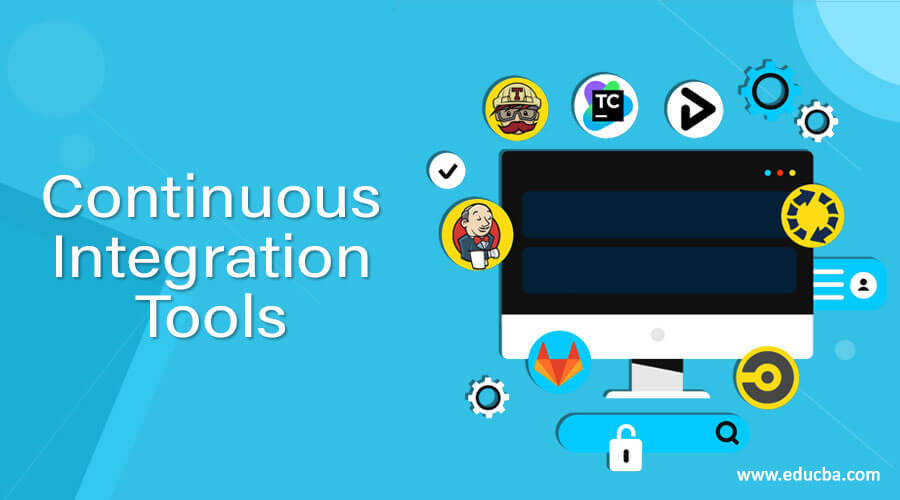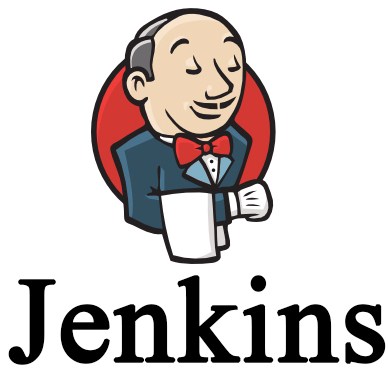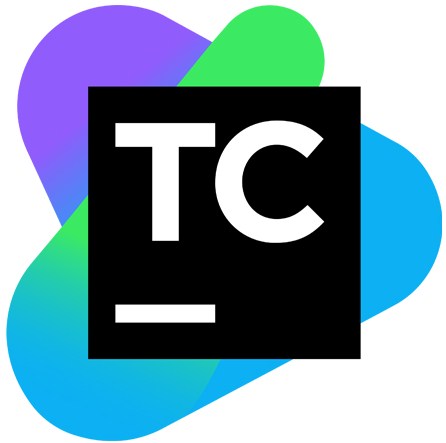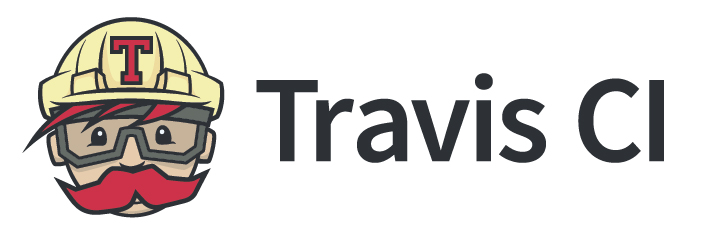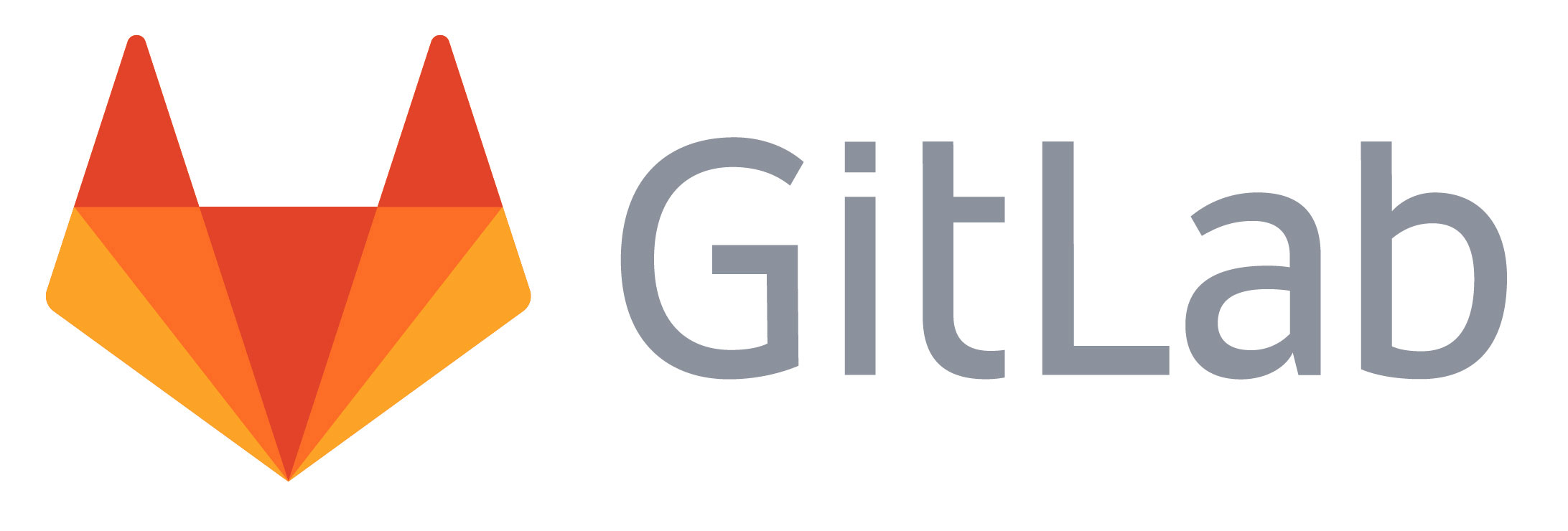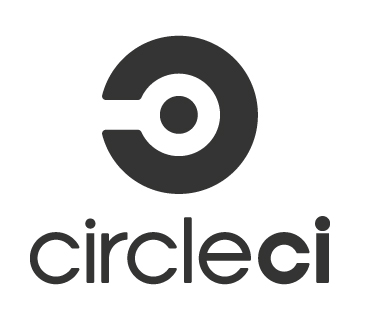Updated May 8, 2023
Introduction to Continuous Integration Tools
As an integral part of the software development setup, Continuous Integration Tools allows developers to merge their code into a repository. Once the code changes are merged, the automated builds and tests are run. In order to improve the software quality, address bugs, reduce time, and so on the continuous integration plays a very crucial part.
While delivering incremental features, in order to not break the build, teams thrive sprint after sprint. However, the software could become unstable, and code errors might creep in when adding new features is the focus of the developers. To keep a tab on the code quality, the Continuous Integration server acts as a gatekeeper and prevents such errors from occurring. Continuous Integration tools could identify if anything wrong is present.
To keep the product in a working state, changes are continuously merged. In the initial stages, no tools are used, and merging with the main code is done frequently. However, the usage of tools has become a necessity now.
Different Types of Continuous Integration Tools
Below are some of the continuous integration tools that you could use:
1. Jenkins
Written in Java, Jenkins is an open-source continuous integration tool. When Oracle bought the Sun Microsystems, Jenkins originated as the fork of Hudson. Through both the Graphical User Interface and the console commands, the configuration is offered by the Jenkins, which is a cross-platform tool.
Through plugins, the feature extension property makes Jenkins very flexible. You add your own plugins to an already rich list of Jenkins plugins. On multiple machines, the builds and the test loads are distributed by Jenkins along with extensibility. Jenkins is free and published under the MIT license. Jenkins is powerful and flexible at the same time. Though the learning curve is steep, the flexibility makes it worth exploring. In the form of Jenkins in the Cloud, hosted solutions are offered by Cloudbees.
2. TeamCity
From the JetBrains Company’s lab, TeamCity is a mature Continuous Integration server. Tools like WebStorm and ReSharper are some of the popular tools of JetBrains used by software developers all over the world.
Though free, all features are offered by TeamCity, but the limit is hundred build configurations and three build agents. You need to pay for additional build agents and build configurations. Without the hassle of the on-premises install, for one project, you could try out the cloud trial offer of TeamCity.
There is support for a wide variety of tools and frameworks, and it works on multiple platforms. Both JetBrains and other third parties have developed some publicly available plugins. The best .NET support is provided by TeamCity despite itself being a Java-based solution. Based on the company’s needs, the enterprise packages could be scaled by a number of agents. Overall a great solution is provided by TeamCity. It is more suited for enterprise needs because of its price and complexity.
3. Travis CI
One of the oldest and trustworthy continuous integration tools. In the form of an enterprise package, it offers the on-premise version along with the hosted solution. For the first hundred builds and on GitHub, this continuous integration tool is free for all open source projects. The number of concurrent builds is the difference, and there are pricing options to choose from.
On running the build, the build tasks are executed, which are contained in the .travis.yml file. To back them up, good documentation is present in a variety of languages. A well-documented loved CI tool that offers a mature solution for both hosted and on-premises variants.
4. GoCD
Created by the ThoughtWorks Company, it is the newest Cruise Control incarnation. GO is free of charge and has the commercial support of ThoughtWorks as well. GO is available for Mac, Windows, and various Linus operating systems.
The modeling of the complex build workflows is made easy by its concept of pipelines which separates it from the crowd. With the parallel execution of the tasks, the build process bottlenecks are eliminated, and from scratch, the pipelines are supported by the GOCD. For complex scenarios. On-premises solutions and so on, this tool could be used.
5. Bamboo
JIRA and Bitbucket are some of the tools created by Atlassian for software development. Both cloud and on-premises solutions are offered by Bamboo initially, but the cloud version was discontinued in May 2016 in favor of the BitBucket pipelines.
Efficient and fast builds are offered by the Bitbucket pipelines by utilizing the power of Docker. As Bamboo Cloud’s worthy successor, Bitbucket is rapidly growing. For 30 days, Bamboo is free, and for small and growing teams, there are a couple of plans after that. Into the Bamboo, the Jenkins configurations could be imported easily and have JIRA and Bitbucket’s native support. Bamboo’s pipeline is fast and modern, and the thirty-day free plan is useful as well.
6. GitLab CI
Created by GitLab Inc., GitLab is an open-source Rails project. Features like issue tracking, access control are provided and are hosted on a free hosted service called GitLab.com.
Using the GitLab API, projects could be easily hooked, and with GitLab, it could be easily integrated. On Windows, Linux could be run and written in the Go language. An inbuilt Docker support is present, and concurrently multiple jobs could be run. Both the GitLab Enterprise Edition and GitLab Community Edition come with it. A phenomenal tool providing both enterprise and free service.
7. Circle CI
Languages such as Python, Java, etc., along with GitHub, are supported by Circle CI. The way the services are offered by Circle CI separates it from the rest. The container is the main pricing block of it, whereas many numbers of projects you want you could build. The level of parallelization according to your needs could be chosen once more containers are added.
Parallelization is of five levels, and hence 16x on one build could be achieved by starting with sixteen containers. Docker is also supported by the Circle CI.
Conclusion
The choice of continuous integration depends on several factors. The local storage of artifacts and the build process flexibility are provided by the on-premises solutions, which could be mandatory for some companies. Greater scalability is provided by the hosted solutions, on the other hand. Docker support and user interface are a couple of other things that should also be kept in mind.
Recommended Articles
This has been a guide to the Continuous Integration Tools. Here we discuss the introduction and various types of Continuous Integration Tools. You can also go through our other suggested articles to learn more –

